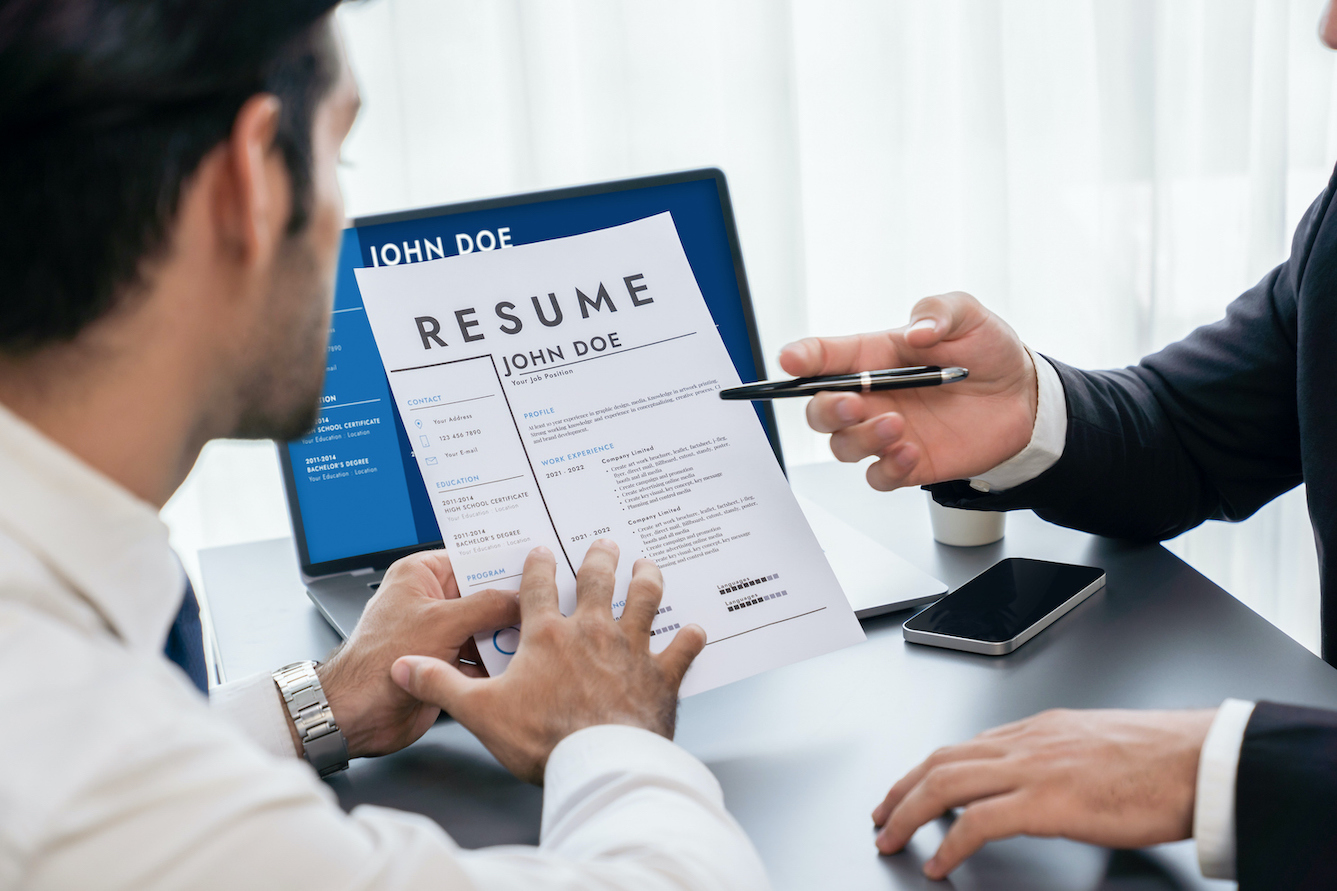
Aging-proofing your resume is essential to avoid age bias, which can negatively impact your job search, particularly for individuals who are 55 and older. Age discrimination in the hiring process remains a significant issue, and presenting your skills and experience effectively while minimizing potential age-related biases can improve your chances of securing employment.
Importance of Avoiding Age Bias
- Increased Employment Opportunities: Age-proofing your resume helps you stay competitive in the job market by highlighting your skills and experiences rather than your age.
- Overcoming Stereotypes: Addressing potential age bias can help counter stereotypes about older workers being less adaptable, tech-savvy, or productive.
- Staying Relevant: Presenting a modern, updated resume demonstrates that you are current with industry trends and technologies.
Tips to Age-Proof Your Resume
- Focus on Recent Experience:
- Highlight the last 10-15 years of your career. Employers are typically most interested in your recent roles and accomplishments.
- Avoid listing jobs that date back more than 20 years.
- Modernize Your Contact Information:
- Use a professional email address (avoid outdated domains like AOL or Hotmail).
- Include a LinkedIn profile if you have one, as it shows you are engaged with current professional networks.
- Use a Contemporary Format:
- Opt for a clean, modern resume design with clear headings, bullet points, and plenty of white space.
- Avoid using outdated fonts or formatting styles.
- Emphasize Skills and Accomplishments:
- Focus on skills that are relevant to the job you are applying for, particularly those that demonstrate your ability to adapt to new technologies and methodologies.
- Quantify your accomplishments with metrics and results to provide concrete evidence of your contributions.
- Update Technical Skills:
- Highlight your proficiency with current software, tools, and technologies relevant to your industry.
- Consider taking online courses or certifications to keep your skills up-to-date and demonstrate a commitment to continuous learning.
- Avoid Graduation Dates:
- Exclude dates from your education section that reveal your age, such as the year you graduated from college.
- Focus on the degrees and relevant coursework instead.
- Tailor Your Resume for Each Job:
- Customize your resume to align with the specific job description, emphasizing the skills and experiences that are most relevant to the position.
- Use keywords from the job posting to ensure your resume passes through applicant tracking systems (ATS).
- Consider a Functional or Hybrid Resume:
- Use a functional or combination (hybrid) resume format to emphasize skills and accomplishments over chronological work history, which can help de-emphasize gaps or extensive work history.
- Showcase Soft Skills and Adaptability:
- Highlight soft skills such as leadership, communication, and teamwork.
- Provide examples of how you have successfully adapted to changes in your industry or workplace.
- Professional Development:
-
- Include any recent training, courses, or professional development activities to demonstrate your commitment to staying current in your field.
Sources and Recommendations
- The Balance Careers offers advice on resume formatting and content that can help avoid age bias.
- Alison Doyle, “How to Age-Proof Your Resume.” The Balance Careers
- Forbes highlights strategies for presenting your experience in a way that minimizes age discrimination.
- Nancy Collamer, “10 Ways to Overcome Age Discrimination When Looking for a Job.” Forbes
- CareerBuilder emphasizes the importance of keeping your resume updated and relevant.
- Debra Auerbach, “5 ways to age-proof your resume.” CareerBuilder
By implementing these tips, you can create a resume that highlights your strengths and minimizes potential age-related biases, increasing your chances of finding suitable employment opportunities.
